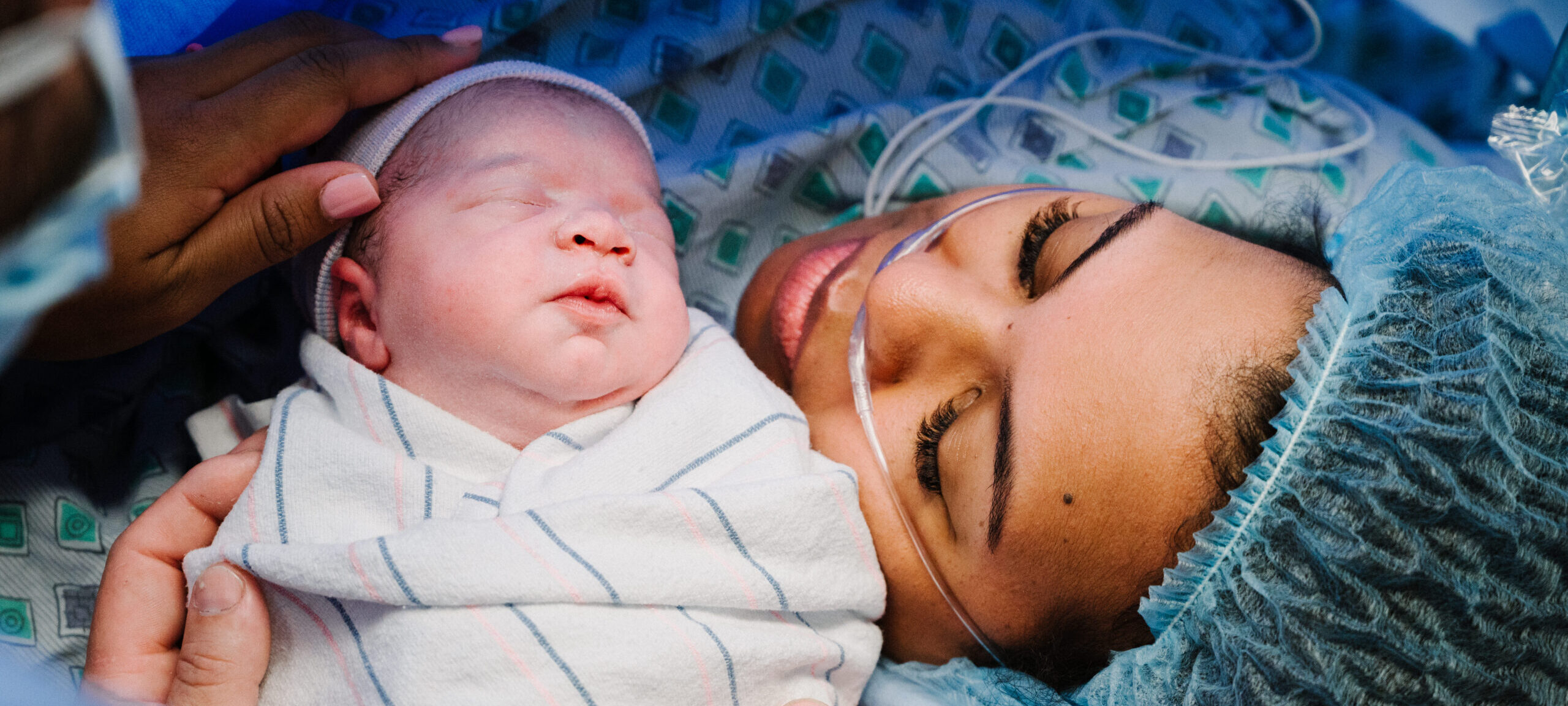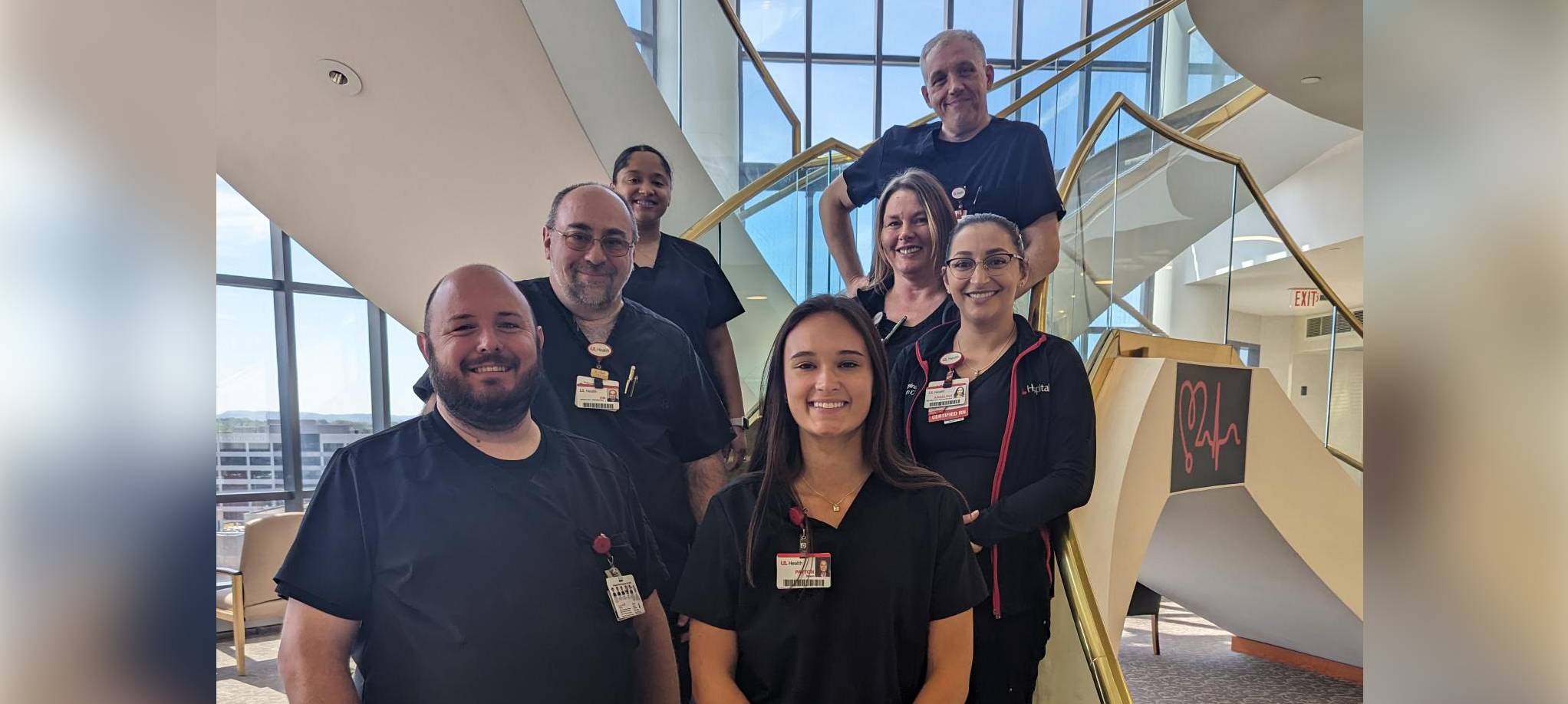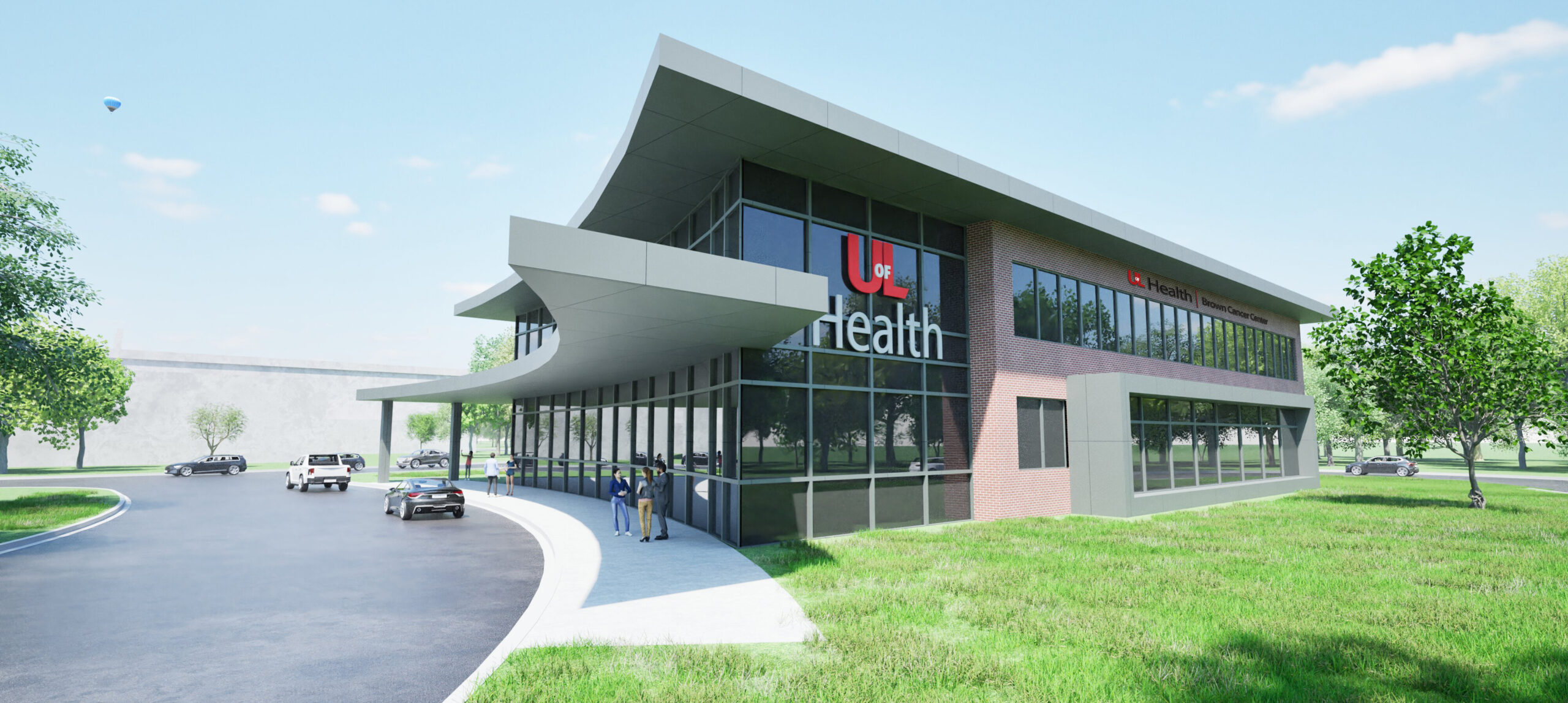What is a Distal Radius Fracture?
A distal radius fracture occurs at the lower end of the radius bone in the forearm, just above the wrist. It is by far the most common fracture that occurs in humans, accounting for nearly 20% of all bone breaks.
Fall On an Outstretched Hand (FOOSH) accounts for a vast majority of these injuries. The reason is simple. As a person falls, it is but natural to extend one’s hands to break the impact of the fall and thus protect more important parts of the body like the head and chest. Doing so automatically transfers the full force of the fall to the hand-wrist area and thus leads to a fracture (or break) of the distal radius.
Distal radius fractures are common across all age groups. Children are simply very active and hence prone to falls while at play. In this age group, fractures may often involve the “growing end” of the distal radius. Such injuries are called “growth plate injuries” and may on occasion affect the future growth of the bone. Fractures in the very elderly occur because of a combination of two factors: on the one hand, elderly people are prone to falling because of loss of body strength or lack of balance; on the other hand, osteoporosis (weakening of the bones) is well known in the elderly, making it easier for bones to break.
Distal radius fractures may vary in degrees of severity. At its simplest, the break may merely be a “crack” in the bone without any displacement of the bone pieces. At its most complex, the distal radius may shatter into multiple pieces involving the joint (articular surface) and may even be accompanied by dislocation of the wrist joint.
What is the Treatment for a Distal Radius Fracture?
X-ray images are the best way to diagnose distal radius fractures. Once diagnosed, treatment of distal radius fractures may vary. If the fracture is undisplaced or minimally displaced, it can be treated non-surgically. Non-surgical treatment of distal radius fractures involves immobilization of the affected extremity in an external splint. This may take the form of a half-cast, full-cast or brace.
If the fracture is displaced beyond what is considered “acceptable”, UofL Health – Kleinert Kutz Surgery Center may perform surgery. In children – especially young ones – surgery involves correcting the displacement and fixing the fracture(s) with the help of K-wires (pins). In adults, fixation is usually achieved with the help of plates and screws. After surgical fixation, it is customary to further protect the extremity in a splint.
Distal radius fractures take about 4 weeks to heal in young children and about 6 weeks in adults. Healing (or union of the fracture) is determined with the help of x-ray images. If healed, the pins (if any) are removed. There is usually no need to remove plates and screws. Splinting is discontinued and UofL Health – Frazier Rehab Institute – Hand Therapy will implement physiotherapy to restore range of movement and strength. Most people can expect to return to a full level of activity about 3 weeks after physiotherapy is started and achieve full or near full range of movement in about 3 months.





